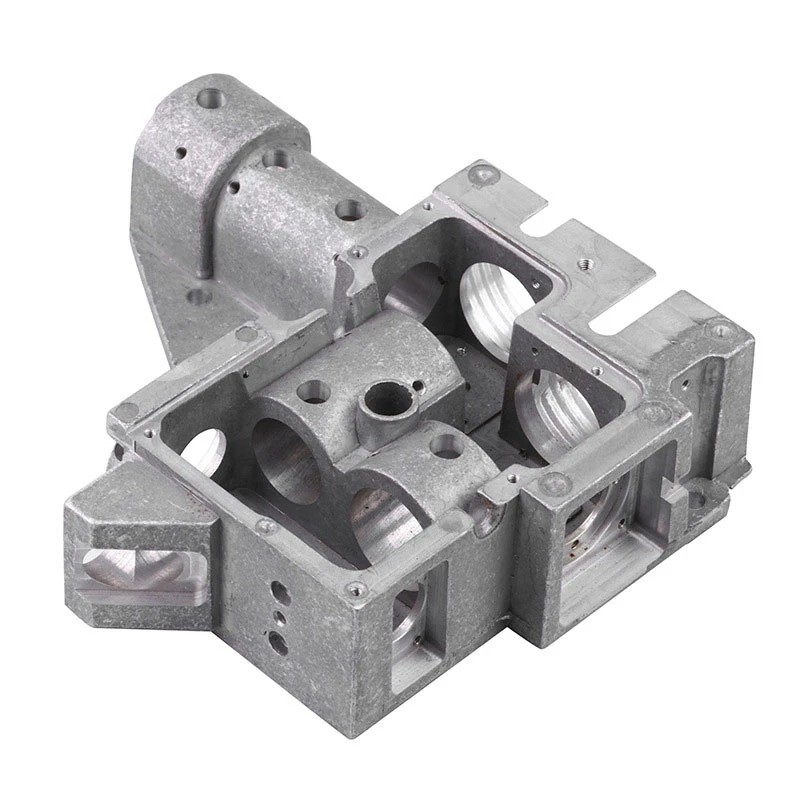die casting tool design
Die Casting Tool Design An Overview
Die casting is a manufacturing process used to produce metal parts with precision and efficiency. It involves injecting molten metal into a mold cavity, where it cools and solidifies to form a desired shape. The success of this process heavily relies on the design and quality of the die casting tools. Effective die casting tool design is crucial for optimizing production efficiency, ensuring product quality, and minimizing production costs.
Understanding Die Casting Tools
Die casting tools consist primarily of dies, which are specialized molds designed to shape the molten metal. The key components of die casting tools include the die block, which is the main body of the die; the core, which shapes the internal features of the cast part; and ejector pins, which help remove the finished part from the die after cooling. Proper design and manufacturing of these components are essential for achieving dimensional accuracy and surface finish.
Factors Influencing Tool Design
Several factors need to be considered when designing die casting tools
1. Material Selection The choice of material for the die is critical, as it must withstand high temperatures and pressures. Common materials include tool steels and alloys that offer high wear resistance and thermal stability.
2. Cooling Channels Effective cooling channels significantly impact cycle time and overall production efficiency. Optimizing the design of cooling channels helps ensure that the die maintains an appropriate temperature, allowing for uniform cooling of the cast part.
3. Draft Angles Incorporating appropriate draft angles in die design facilitates easier removal of the part from the die. A lack of draft can cause damage to the part or the die itself during ejection.
die casting tool design

4. Tolerance and Fit Achieving the right tolerances during die design ensures that the final product meets required specifications. Precision in tool design and manufacturing reduces the need for secondary operations, saving time and costs.
5. Gate Design The design of the gating system, which controls the flow of molten metal into the die, is critical. Proper gate design prevents defects such as air entrapment and allows for optimal filling of the mold.
Simulation and Prototyping
Advancements in computer-aided design (CAD) and simulation technologies have transformed die casting tool design. Engineers can now use simulation software to predict how molten metal will flow within the die, identify potential defects, and optimize the design before physical prototyping. This not only speeds up the design process but also minimizes the risk of failure during production.
Cost Considerations
Cost is always a significant factor in any manufacturing process. A well-designed die can significantly reduce production costs by enhancing tool life and throughput. While the initial investment for high-quality die casting tools may be considerable, the long-term savings gained through reduced cycle times and improved product quality often justify the expense.
Conclusion
Die casting tool design plays a pivotal role in the overall success of the die casting process. By taking into account material properties, cooling channels, draft angles, tolerances, and gate design, manufacturers can create tools that facilitate efficient production of high-quality metal parts. With the aid of modern simulation software, engineers can streamline the design process and minimize costs. As the industry continues to evolve, innovations in die casting tool design will undoubtedly pave the way for enhanced manufacturing capabilities and product quality, solidifying die casting as a preferred method for metal part production.
-
OEM Sand Cast Pump Valve Fittings - Baoding Hairun | Precision Engineering, CustomizableNewsJul.30,2025
-
OEM Sand Cast Pump Valve Fittings - Baoding Hairun Machinery And Equipment Trading Co., Ltd.NewsJul.30,2025
-
OEM Sand Cast Pump Valve Fittings - Baoding Hairun Machinery And Equipment Trading Co., Ltd.NewsJul.30,2025
-
OEM Sand Cast Pump Valve Fittings - Baoding Hairun Machinery|Precision Engineering&Fluid ControlNewsJul.30,2025
-
OEM Sand Cast Pump Valve Fittings - Baoding Hairun Machinery And Equipment Trading Co., Ltd.NewsJul.30,2025
-
OEM Sand Cast Pump Valve Fittings-Baoding Hairun Machinery And Equipment Trading Co., Ltd.NewsJul.30,2025















